KOICA area chief eyes economic partnership with Mongolia
By Lee Woo-youngPublished : May 27, 2012 - 20:17
ULAANBAATAR ― The chief of Korea’s state aid agency in Ulaanbaatar said aid programs should lay the groundwork for a mutually beneficial economic cooperation in the future combining Mongolia’s vast land and resources and Korea’s technology and development know-how.
“Korea and Mongolia are very close countries geographically and culturally. There are projects the two countries can work together on to achieve economic prosperity in the Northeast Asian region,” said Lee Dong-ku, resident representative of the Mongolia office of the Korea International Cooperation Agency.
Lee hopes the aid relationship between the two countries can develop into a triangular system of economic cooperation for Mongolia and North and South Korea, as suggested by Korea’s previous administration.
“Korea and Mongolia are very close countries geographically and culturally. There are projects the two countries can work together on to achieve economic prosperity in the Northeast Asian region,” said Lee Dong-ku, resident representative of the Mongolia office of the Korea International Cooperation Agency.
Lee hopes the aid relationship between the two countries can develop into a triangular system of economic cooperation for Mongolia and North and South Korea, as suggested by Korea’s previous administration.

“We can work together using Mongolia’s vast land, North Korea’s labor force and South Korea’s technology and know-how,” Lee said.
For future cooperation, Lee stressed that aid to Mongolia should shift from simple donation of materials and financial support to the transfer of knowledge and know-how.
“Mongolia is no longer a poor country. It is the world’s seventh largest resource-rich country. It is financially capable of building the infrastructure it needs,” Lee said.
“But what it lacks is development know-how, which we can transfer such as Korea’s past rural development movement called Saemaeul, or new community movement, (of the 1960s to ‘70s) job training programs and the national master plans for economic development.”
He also stressed Koreans need to understand Mongolians and the country and should know what’s best for them when they assign project aid.
“For example, building a dam is considered the best way to achieve efficiency in water resource management in Korea because a large population lives on such a small area of land. But when it comes to do water management in Mongolia where a small number of people live in a vast area of land, the Korean way is not always right,” he explained.
He noted that in deciding what’s best for the Mongolian people, a different approach may be needed based on its culture and environment.
“Project aid should aim to transfer knowledge and know-how that will remain here with the people after the donor country leaves,” he said.
There are five projects currently in operation under the East Asia Climate Change Partnership initiative of the Korean government.
They are a water resource management project in the new town of Yarmag in Ulaanbaatar; a solid waste management project; mine hazards investigation and establishing a related database; setting up heat and hot water systems; and a forestation and biomass project.
Besides the projects planned to address climate change, the Mongolian KOICA office has conducted projects that can improve people’s lives such as establishing a heat and hot water system and technology-based school classrooms.
“It is not easy to make the projects work the best for Mongolian people. But that’ what KOICA is for to graft our technologies onto the local environment,” Lee said.
By Lee Woo-young, Korea Herald correspondent
(wylee@heralm.com)


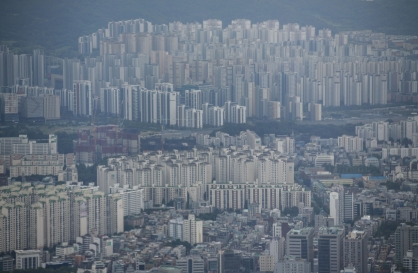
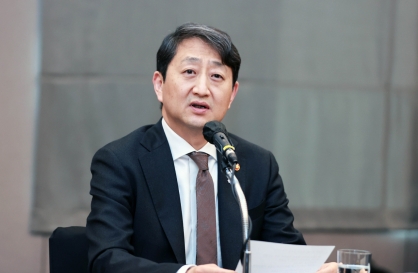
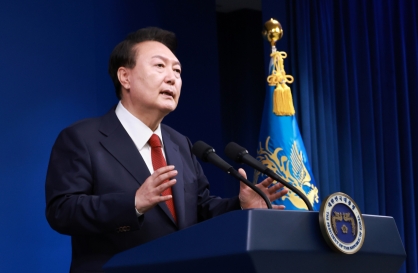
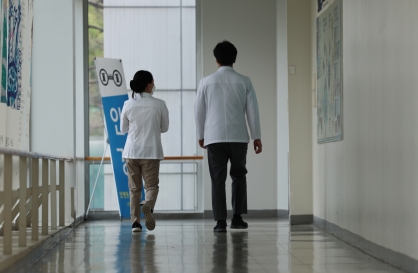
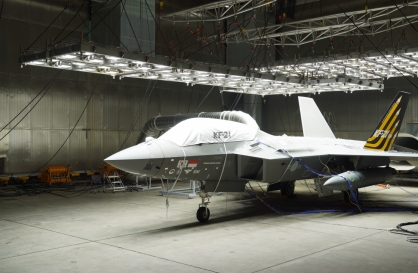

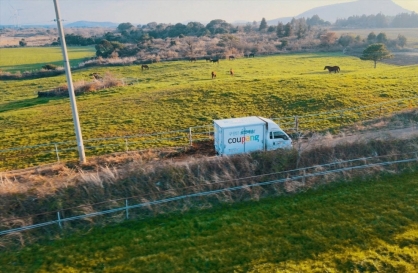
![[K-pop’s dilemma] Time, profit pressures work against originality](http://res.heraldm.com/phpwas/restmb_idxmake.php?idx=644&simg=/content/image/2024/05/08/20240508050705_0.jpg&u=20240508171126)





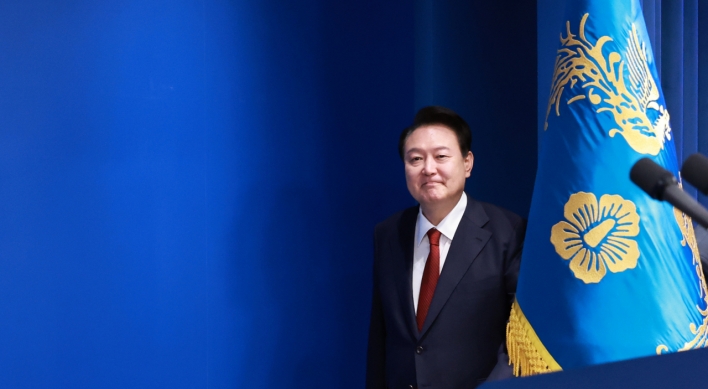
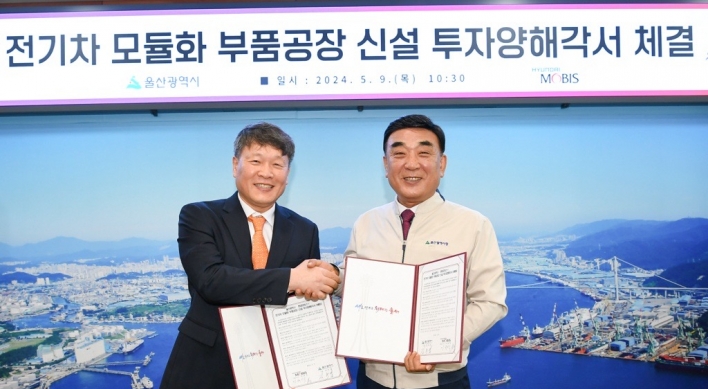
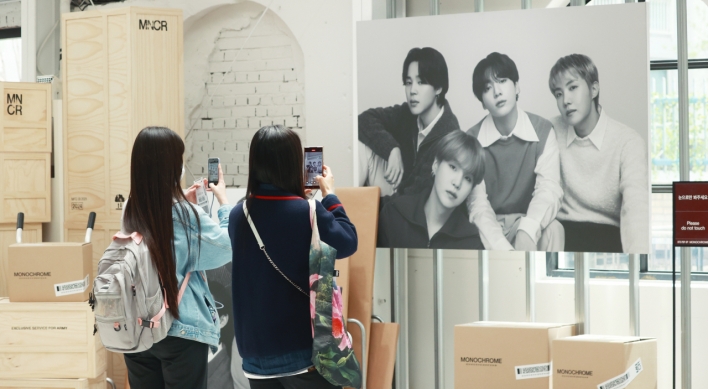
![[Today’s K-pop] Stray Kids to drop new album in July: report](http://res.heraldm.com/phpwas/restmb_idxmake.php?idx=642&simg=/content/image/2024/05/09/20240509050659_0.jpg&u=)